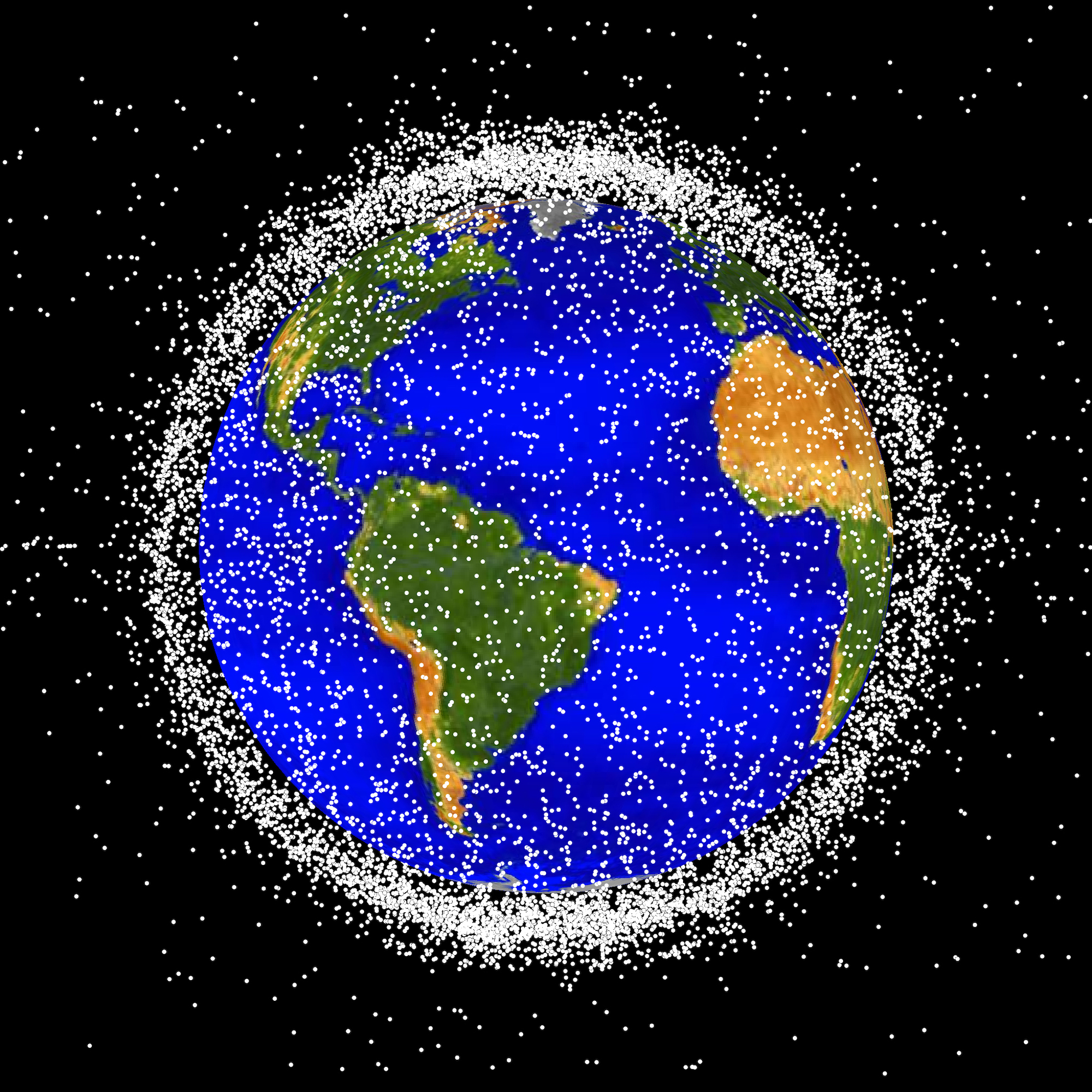

Early in the morning of November 15, Moscow time, a Russian missile blasted a Russian satellite to smithereens. The destroyed satellite, Kosmos-1408, had been in orbit for nearly four decades. With at least 1,500 trackable pieces, and countless more too small for detection, the remains of Kosmos-1408 pose a threat to other objects in orbit. The destruction itself caused astronauts and cosmonauts aboard the International Space Station to shelter in space. It also risked harm to China’s taikonauts aboard the Tiangong space station.
“Earlier today, due to the debris generated by the destructive Russian Anti-Satellite (ASAT) test, ISS astronauts and cosmonauts undertook emergency procedures for safety,” said NASA Administrator Bill Nelson in a statement on Monday.
Because the ISS orbits the Earth every 90 minutes, it repeatedly passes through or near the debris cloud, with the shelter-in-place order in effect for the second and third passes near the debris.
The destruction of Kosmos-1408, along with the creation of a debris field, showcased a kind of Earth-launched anti-satellite weapon. The quantity of debris, combined with the altitude at which it was destroyed, risks harm to all satellites and space stations for the conceivable future.
Here is what we know of the incident.
What was destroyed?
Kosmos-1408 was a Soviet satellite, put into orbit in 1982 and used to listen for radio signals on the Earth below. This is part of the more mundane work of surveillance satellites, which were one of the major ways nations used objects in orbit for military ends. Long before there was a Space Force, the militaries capable of satellite launches used them to keep track of the world below.
With a mass of about 4,400 lbs, the Kosmos-1408 was large enough to create a field of debris when destroyed.
How was Kosmos-1408 destroyed?
Anti-satellite missiles, or ASATs, are one of the most straightforward ways for a nation to destroy an object in orbit. This one appears to have been an A-235 / PL-19 Nudol ASAT system, launched from the Plesetsk Cosmodrome some 500 miles north of Moscow and about 400 miles northeast of Saint Petersburg. Russia had tested the Nubol missile at least 10 times before, but this marks the first time it was used against a satellite.
With this destruction, Russia joins China, the United States, and India as nations that have all successfully destroyed their own satellites as tests and demonstrations of their own ground-launched missiles. It is a dubious distinction. The physics of satellite destruction invariably means the creation of debris, and that debris in turn risks damage to all other objects it encounters. Every nation that has destroyed an object in orbit has at least some investment in satellites, and every debris cloud threatens their continued viability.
Why is space debris such a big problem?
Orbit is fundamentally a relationship between an object in motion and the Earth, and objects in orbit are always falling. Satellites can stay in space for decades with modest to no adjustments if they are placed in good trajectories at the start. In orbit, satellites are perpetually falling in such a way that gravity keeps them in motion until, eventually, the orbit degrades and they reenter the atmosphere.
Debris follows this same basic logic. As time passes, the shattered parts of a former satellite will drift, falling into a new relationship with the Earth. Some of those pieces will drift low, where they will reenter the atmosphere and most likely burn up. The majority of debris will fall into some sort of regular orbit, as the cloud becomes more diffuse.
We know this pattern, because it has been observed before. Analysis of a Chinese satellite’s destruction in 2007 shows how the debris of this test is likely to spread and persist.
“Within minutes after the collision, the debris cloud started to spread around the satellite’s original orbit,” wrote Brian Weeden of the Secure World Foundation in 2007. “Ten days after the ASAT test, the debris had spread throughout the entire orbit, resulting in a “ring” of debris around the Earth. Three years after the test, the debris has spread out even more, effectively covering much of [Low Earth Orbit].”
The threshold for trackable debris is an object about 2 inches in diameter, and smaller debris, which travels just as fast, is harder for sensors to pick up. All debris poses some risk to satellites and astronauts in orbit. Space debris in low earth orbit travels at 17,500 mph, and NASA found that even paint flecks at that speed caused damage to the windows of the Space Shuttle.
Fast-moving small particles are the equivalent of shotgun blasts to delicate systems, and large debris can tear chunks off of vulnerable structures like shielding or solar panels. Compounding matters is that risk calculation is probability math, and any error is likely magnified if the math is wrong.
Can we clean up space debris?
Nations are still figuring this out. In 2019, the European Space Agency commissioned a debris-cleaning mission with a planned launch by 2025, with a goal of actively removing large items from orbit. In 2018, the RemoveDEBRIS mission tested a harpoon for hooking large pieces of debris while in orbit, among other techniques. And in March 2021, a Japanese-built and UK-run test of a cleaning system called ELSA-d reached orbit.
These efforts all show a vested interest in cleaning orbit, which makes sense. In 2021, the Satellite Industry Association estimated the value of the global space economy at $371 billion. Debris threatens all of that, to say nothing of the risk it poses to military satellites.